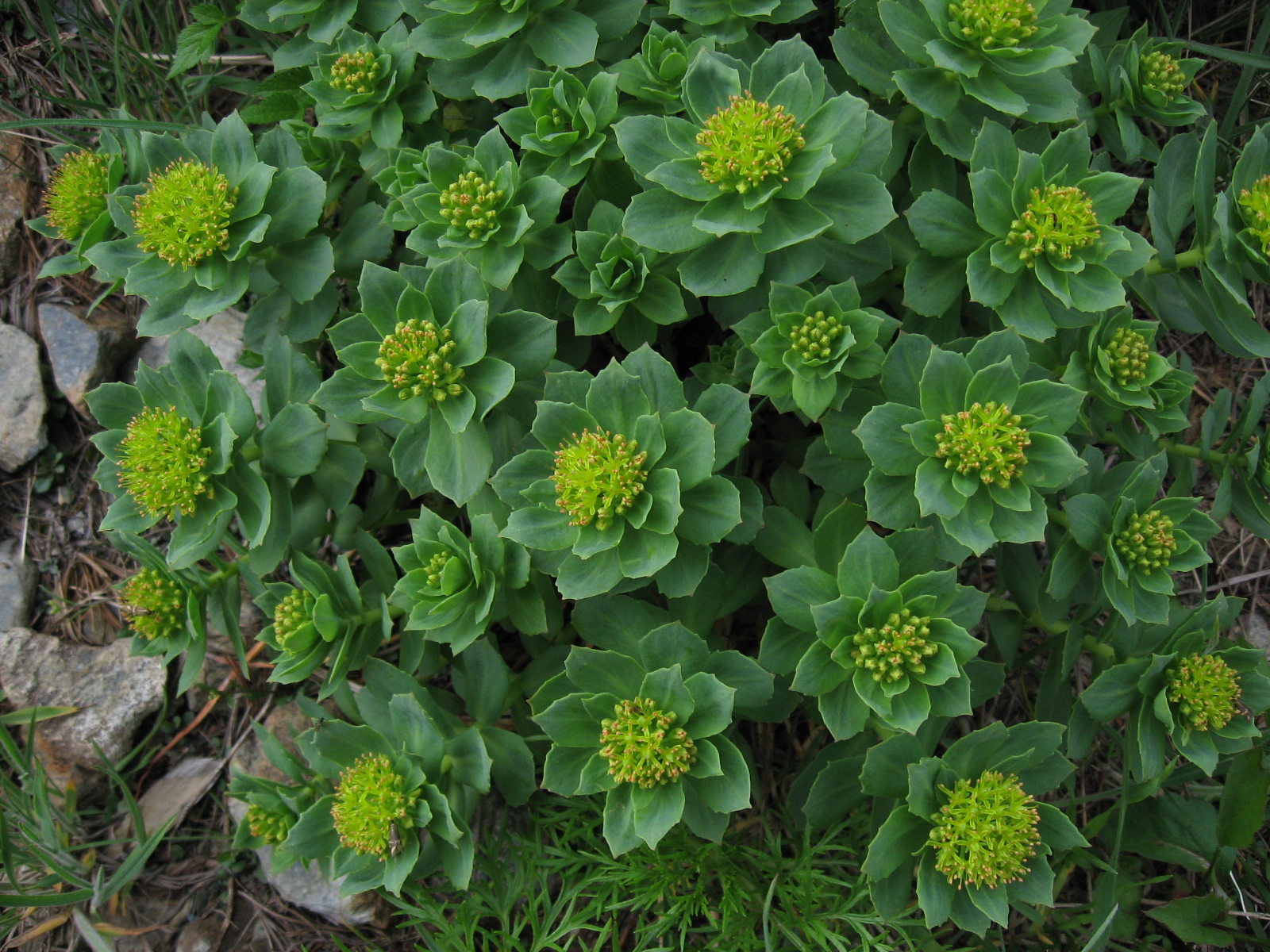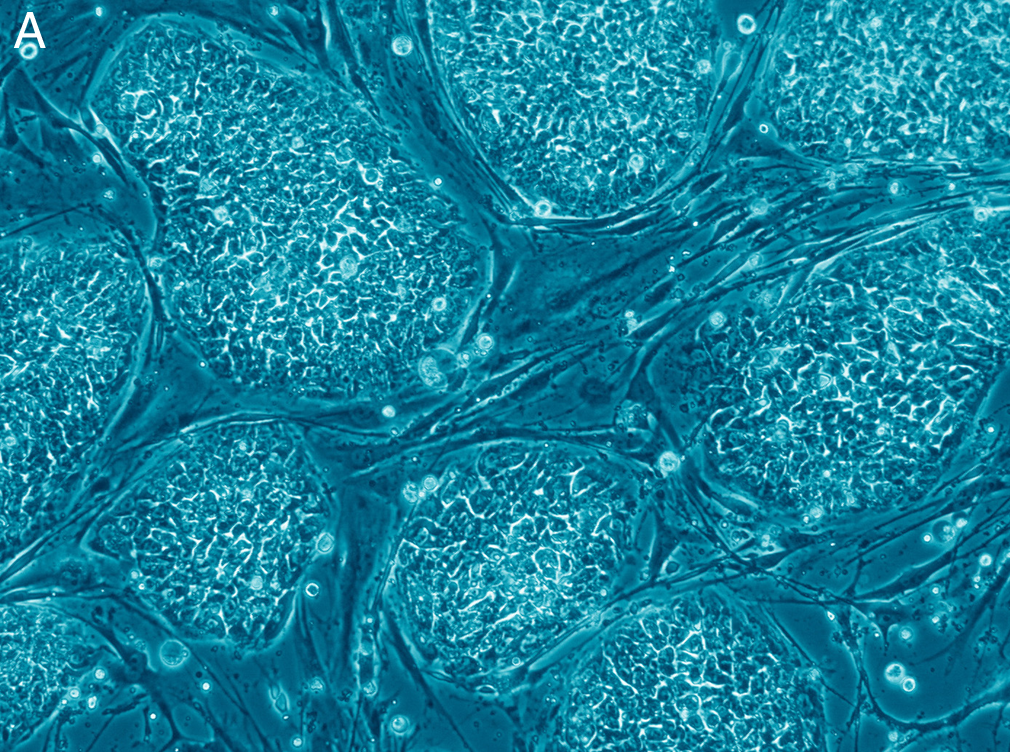When natural forms of medicine achieve equality with allopathic medicine, would I like the same "privileges" as my allopathic brothers and sisters (at least in Sweden) are starting to receive? Yes! Another news article from Refinery 29 covering this topic does state that these employees are still being paid the same amount of money. A 30-hour working week is also the same amount of hours that I spent at school; I'd like to keep that free time and so would many others. Data from the retirement home shows that although the company had to spend (US?)$735,000 in employing more nurses, these nurses reported being happier, more productive and less likely to need sick leave. The care that residents are receiving is also of a higher quality, so one way that the extra costs could be covered may be that those who need aged care could be more likely to choose this home. Besides less sick leave and more productivity, I may be able to add that they could spend less money on hiring new employees, because of lower turnover and the fact that many would be more likely to want to work there. If six-hour workdays become more common, it may also allow more people who are currently economically inactive to get jobs (more people earning more can mean more people spending more, which would probably lead to increased profits in general). It is entirely possible, as I see reports of improvements such as increased pay, less restrictive dress codes, and even unlimited annual leave where quality of work beats quantity, as the labour market tightens (less potential employees). Unfortunately for those in the USA, these changes are most likely to arrive much later than in Europe, where working hours are often (or always) limited by law. I have seen the effects of this while on tour in Europe, with our bus driver's work limits giving us more time at stops, which benefitted us as well.
 |
| Rhodiola rosea. Source: Wiki user "Sigma64" |
But what can we do to improve our resistance to work-related stress, if less hours are not an option? Besides nutrients such as magnesium and B vitamins (eat your Vegemite!), there is also a class of herbal medicines known as adaptogens, which work in a variety of ways to improve resistance to all forms of stress (oxidative, homeostatic, mental etc.). One of these is rhodiola, which I have prescribed in the student clinic because of its ability to balance out cortisol levels, a key stress hormone. In a randomised, double-blind, placebo-controlled trial, two doses of rhodiola were compared to a placebo on a very uniform group of 161 cadets. The results showed a "pronounced" and "highly significant" effect against fatigue, as measured by the Anti-Fatigue Index. The two- and three-capsule groups had average AFI values of 1.0385 and 1.0195, while the placebo group had an average AFI of 0.9046. No significant effect was shown in physiological tests, but there are many other adaptogens which can improve physical performance, and rhodiola may also provide this benefit in some people. Optimal work-life balance is still best, and adaptogens have many other uses such as antiaging, but if you work long hours adaptogens may help with performance and having the energy to enjoy time off.
_1.jpg)

